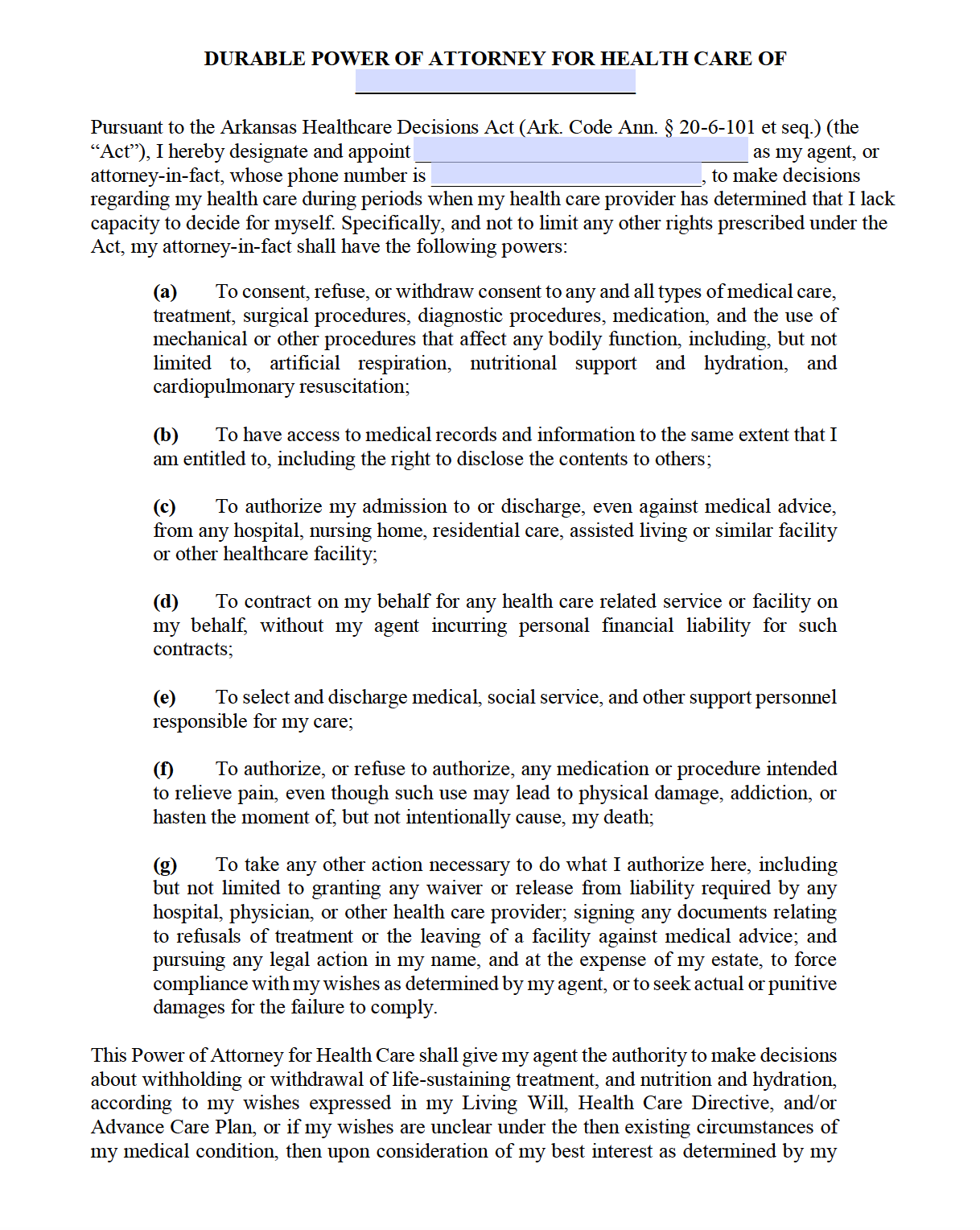The Who Is In Charge Of The Los Angeles County Of Health Care Services Statements
An estimated 155 million individuals under the age 65 were covered under medical insurance plans provided by their employers in 2016. The Congressional Spending Plan Workplace (CBO) estimated that the health insurance coverage premium for single protection would be $6,400 and household coverage would be $15,500 in 2016. The annual rate of increase in premiums has generally slowed after 2000, as part of the pattern of lower yearly health care cost increases.
This aid encourages individuals to purchase more substantial coverage (which positions upward pressure on typical premiums), while also encouraging more young, healthy people to enlist (which puts down pressure on premium costs). CBO estimates the net effect is to increase premiums 10-15% over an un-subsidized level. The Kaiser Family Structure approximated that household insurance coverage premiums balanced $18,142 in 2016, up 3% from 2015, with workers paying $5,277 towards that cost and companies covering the rest.
The President's Council of Economic Advisors (CEA) described how annual boost have fallen in the company market given that 2000. Premiums for household coverage grew 5.6% from 2000-2010, but 3.1% from 2010-2016. The total premium plus estimated out-of-pocket costs (i.e., deductibles and co-payments) increased 5.1% from 2000-2010 however 2.4% from 2010-2016.
The law is designed to pay aids in the kind of premium tax credits to the people or households purchasing the insurance, based on earnings levels. Greater earnings customers receive lower subsidies. While pre-subsidy costs rose significantly from 2016 to 2017, so did the subsidies, to decrease the after-subsidy expense to the customer. what is primary health care.
However, some or all of these costs are balanced out by aids, paid as tax credits. For example, the Kaiser Structure reported that for the second-lowest expense "Silver plan" (a plan frequently selected and utilized as the benchmark for determining financial assistance), a 40-year old non-smoker making $30,000 per year would pay efficiently the very same amount in 2017 as they carried out in 2016 (about $208/month) after the subsidy/tax credit, despite big boosts in the pre-subsidy cost.

Getting My What Is Health Care To Work
In other words, the subsidies increased in addition to the pre-subsidy rate, completely offsetting the rate increases. This premium tax credit aid is different from the cost sharing decreases subsidy stopped in 2017 by President Donald Trump, an action which raised premiums in the ACA markets by an estimated 20 portion points above what otherwise would have happened, for the 2018 plan year.
In addition, many staff members are selecting to combine a health savings account with greater deductible plans, making the effect of the ACA hard to determine precisely. For those who acquire their insurance through their company (" group market"), a 2016 study discovered that: Deductibles grew by 63% from 2011 to 2016, while premiums increased 19% and employee incomes grew by 11%.
For companies with less than 200 employees, the deductible balanced $2,069. The portion of workers with a deductible of at least $1,000 grew from 10% in 2006 to 51% in 2016. The 2016 figure drops to 38% after taking company contributions into account. For the "non-group" market, of which two-thirds are covered by the ACA exchanges, a study of 2015 information discovered that: 49% had individual deductibles of at least $1,500 ($ 3,000 for household), up from 36% in 2014.
While about 75% of enrollees were "extremely satisfied" or "somewhat satisfied" with their choice of medical professionals and healthcare facilities, only 50% had such complete satisfaction with their annual deductible. While 52% of those covered by the ACA exchanges felt "well protected" by their insurance, in the group market 63% felt that method.
prescription drug costs in 2015 was $1,162 per person on average, versus $807 for Canada, $766 for Germany, $668 for France, and $497 for the UK. The reasons for greater U.S. healthcare expenses relative to other nations and over time are debated by professionals. Bar chart comparing healthcare expenses as portion of GDP across OECD nations Chart showing life span at birth and healthcare spending per capita for OECD nations as of 2013.

The smart Trick of A Health Care Professional Is Caring For A Patient Who Is About To Begin Taking Losartan That Nobody is Talking About
is an outlier, with much greater costs however below average life span. U.S. healthcare costs in 2015 were 16.9% GDP according to the OECD, over 5% GDP higher than the next most pricey OECD country. With U.S. GDP of $19 trillion, healthcare expenses were about $3.2 trillion, or about $10,000 per individual in a nation of 320 million people.
To put it simply, the U.S. would need to cut healthcare expenses by approximately one-third ($ 1 trillion or $3,000 per individual typically) to be competitive with the next most costly nation. Healthcare spending in the U.S. was distributed as follows in 2014: Medical facility care 32%; physician and scientific services 20%; prescription drugs 10%; and all other, including lots of categories individually comprising less than 5% of costs.
Crucial differences consist of: Administrative costs. About 25% of U.S. health care expenses associate with administrative costs (e.g., billing and payment, rather than direct provision of services, supplies and medicine) versus 10-15% in other nations. For instance, Duke University Medical facility had 900 healthcare facility beds but 1,300 billing clerks. Assuming $3.2 trillion is invested in healthcare each year, a 10% cost savings would be $320 billion each year and a 15% savings would be almost $500 billion each year.
A 2009 study from Price Waterhouse Coopers estimated $210 billion in savings from unneeded billing and administrative expenses, a figure that would be https://how-to-stop-depression.mental-health-hub.com/ significantly higher in 2015 dollars. Cost variation throughout healthcare facility areas. Harvard economist David Cutler reported in 2013 that roughly 33% of health care costs, or about $1 trillion annually, is not related to enhanced outcomes.
In 2012, typical Medicare compensations per enrollee varied from an adjusted (for health status, earnings, and ethnicity) $6,724 in the most affordable costs area to $13,596 in the greatest. The U.S. spends more than other countries for the same things. Drugs are more expensive, physicians are paid more, and suppliers charge more for medical equipment than other countries.
The Greatest Guide To How Do Patient Care Managers And Support Staff Use The Data Documented In The Health Record?
spending on physicians per individual is about 5 times greater than peer nations, $1,600 versus $310, as much as 37% of the space with other nations. This was driven by a greater use of professional physicians, who charge 3-6 times more in the U.S. than in peer nations. Greater level of per-capita income, which is correlated with greater health care spending in the U.S.
Hixon reported a research study by Princeton Professor Uwe Reinhardt that concluded about $1,200 per person (in 2008 dollars) or about a 3rd of the space with peer nations in health care spending was because of greater levels of per-capita income. Greater income per-capita is correlated with utilizing more systems of health care.
The U.S. consumes 3 times as numerous mammograms, 2.5 x the variety of MRI scans, and 31% more C-sections per-capita than peer nations. This is a blend of greater per-capita earnings and greater use of professionals, among other aspects. The U.S. government steps in less actively to force down prices in the United States than in other nations.
